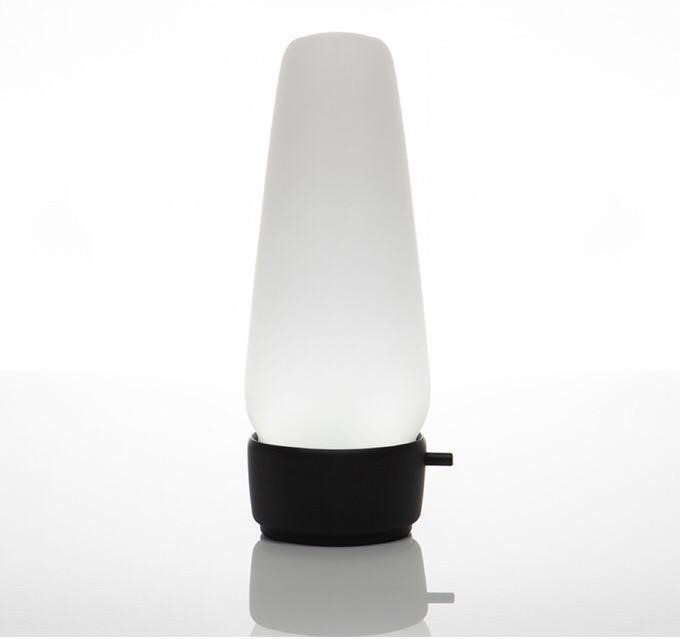
By Heather Hamilton, contributing writer
Senic, a hardware startup based in Berlin, is nearing the end of a successful Kickstarter campaign designed to bring COVI, a speech-enabled light and smart home hub, to the public. Currently, the campaign is sitting around $138,000, far exceeding their $88,697 goal.
With just over 1,000 backers, COVI seeks to appeal to those who want to combine the capabilities of a speech assistant and automated home device with a stylish lighting choice capable of reacting to the time of day with differences in light quality.
According to their blog, the idea stems from a desire to change the way we rely on technology — and the associated side effects. “We believe there needs to be a fundamental change in how companies design products (and business models) in order to make human wellbeing the non-negotiable factor in the design process,” they write. “Technology is a tool that should empower us.”
The goal was to design a tool that would enable wellbeing in a behind-the-scenes sort of way.
COVI is compatible with Amazon Alexa and can also connect to a variety of devices, including Sonos, Apple TV, Phillips Hue bulbs, and the NUIMO controller. For a full list of tech specs, view the Kickstarter page.
Aesthetically, COVI is meant to blend into existing decor in a timeless way. By working with glass blowers and metal artists, the team constructed a lamp that doesn’t look techy but functions like most smart devices.
The COVI team wanted the electronics and mechanical components of COVI to be in harmony. According to their website, the central electronics unit is a system-on-module requiring enough power to run an operating system, application, servers, and eventually support beam-forming and speech-recognition algorithms. It also needed to have Wi-Fi, Bluetooth Classic, and BLE capabilities.
Multiple microphones are used to record the voice of users, pre-process them, and send them to Alexa Voice services for recognition. Then the intent of the command is output using the COVI speaker system.
The Senic Hub, which is used in COVI, is powered by a Nano Pi Neo, a single-board computer with a 2-GB high-speed memory card and dongles that allow stable wireless connectivity. It uses a variety of LEDs to create a range of light that the blog compares to sunlight. COVI runs on Linux and uses Python as a programming language.
COVI is also open-source, allowing COVI to be seen, improved, and used by anyone. According to their page, Senic hopes to work with corporations, startups, and hobbyists to build better software together. There is no hidden code, and Senic encourages developers, professionals, and hobbyists to create and share their COVI projects inspired by their interests.
On their Kickstarter page, Senic acknowledges that there have been some challenges. Though they’re working with Amazon and the Alexa team, COVI has yet to receive official certification. They acknowledge potential problems with supply chain and manufacturing, though they’ve built this into their timeline and do not anticipate major issues.
Because COVI is open-source, there is an additional need to check individual integration for quality and reliability before pulling into the COVI app. The team is committed to ensuring that each meets quality standards.
Sources: Senic, Kickstarter
Image Source: Kickstarter
Advertisement
Learn more about Electronic Products Magazine





